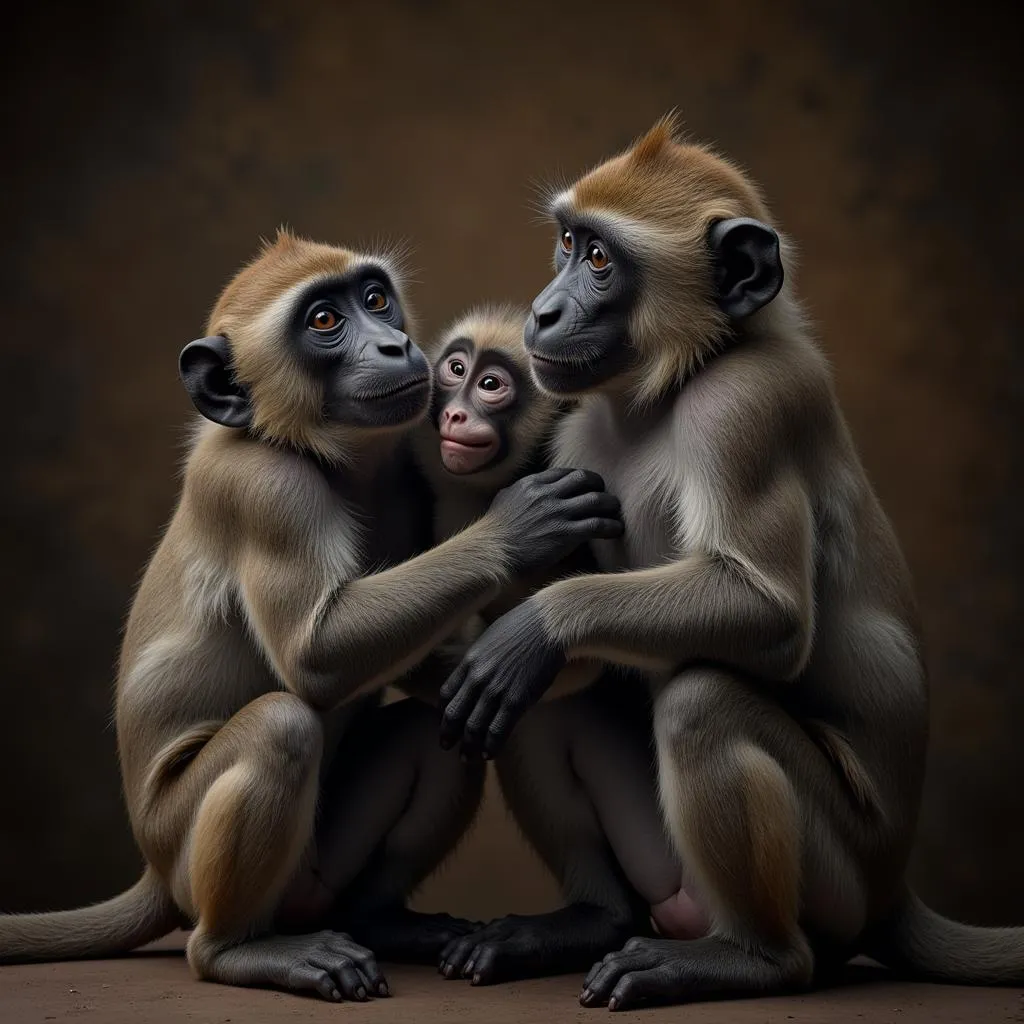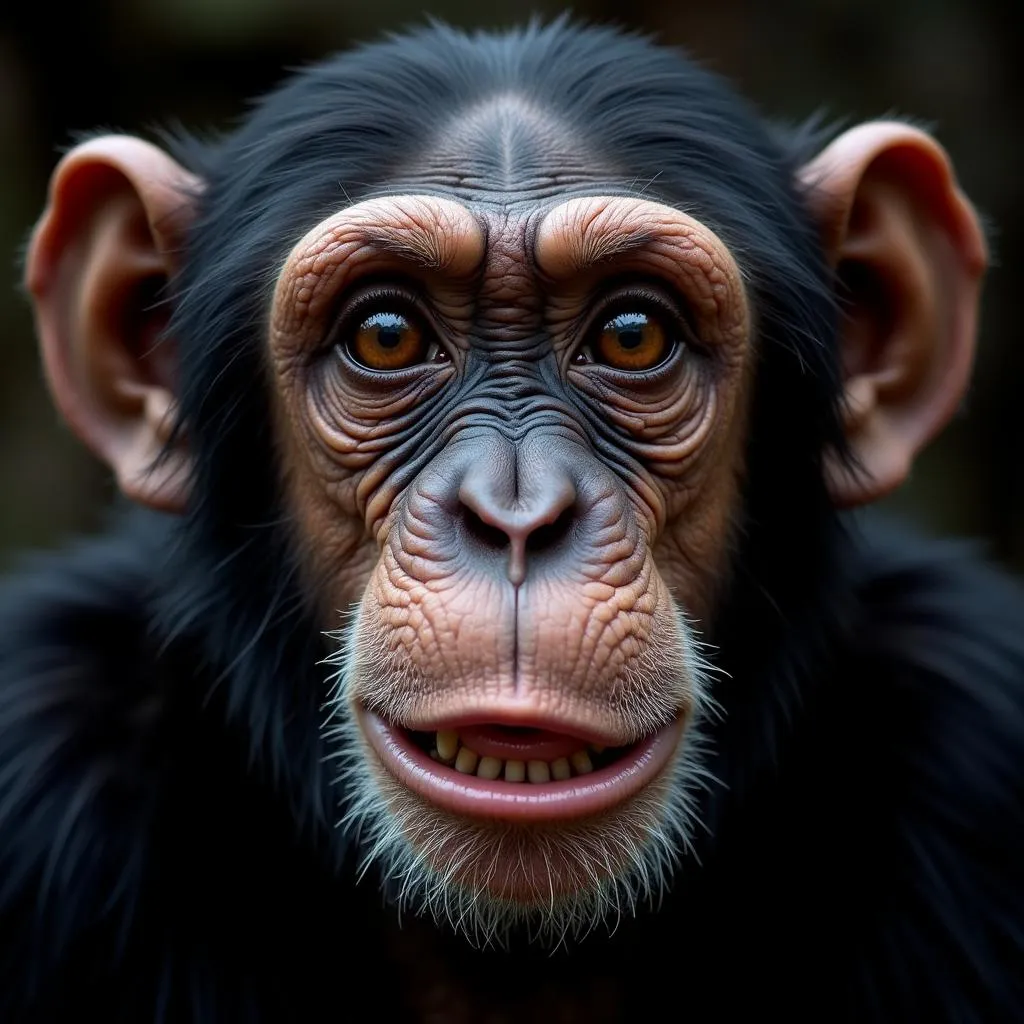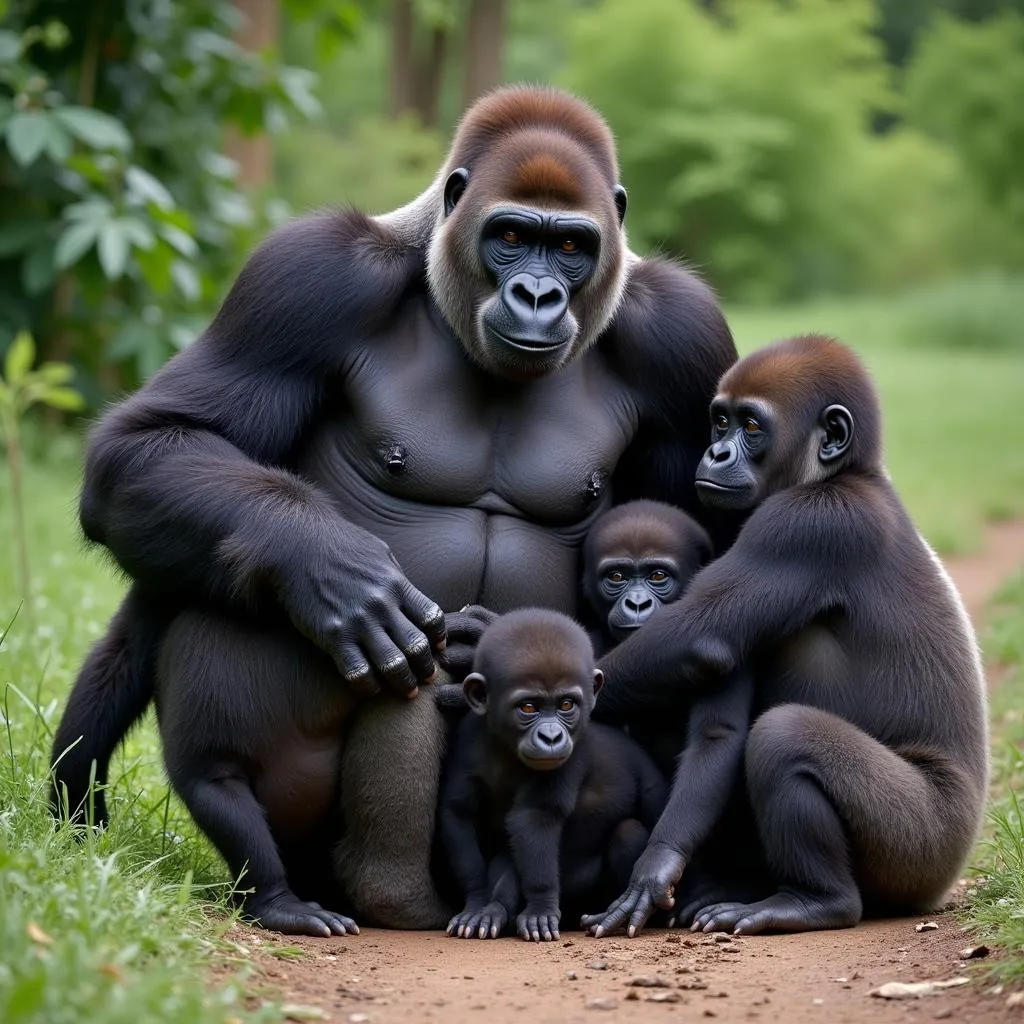Humans share a deep evolutionary history with primates, our closest relatives in the animal kingdom. This connection is evident in our physical characteristics, but what is truly fascinating is the complexity and richness of primate societies and social behavior, mirroring our own in surprising ways.
 Primates Grooming Each Other
Primates Grooming Each Other
The Intricacies of Primate Social Structures
Primate societies are far from simple. They are structured and organized, often characterized by intricate hierarchies and complex relationships. Within these societies, individuals have distinct roles, responsibilities, and relationships that contribute to the group’s overall cohesion and survival. From the matriarchal societies of bonobos, where females hold significant power, to the male-dominated troops of chimpanzees, the diversity within primate social structures is astonishing. These structures, shaped by a myriad of factors like resource availability, predation pressure, and environmental influences, offer a glimpse into the evolutionary forces that have shaped social behavior in primates, including humans.
Communication: Beyond Words
Primates have developed intricate systems of communication that extend far beyond simple vocalizations. Facial expressions, body language, and even scent play a crucial role in conveying messages, expressing emotions, and navigating the complexities of their social world. These nonverbal cues are essential for maintaining social bonds, establishing dominance hierarchies, and avoiding conflict.
 Chimpanzee Using Facial Expressions
Chimpanzee Using Facial Expressions
For instance, a chimpanzee baring its teeth isn’t always a sign of aggression; it can be a sign of submission or appeasement. Understanding these subtle nuances in communication is crucial for interpreting primate behavior and appreciating the depth of their social intelligence.
Cooperation and Conflict: A Delicate Balance
Primate societies, much like human societies, are characterized by a delicate balance between cooperation and conflict. On the one hand, primates engage in altruistic behaviors, sharing food, caring for young, and cooperating in hunting or defense strategies. These cooperative actions strengthen social bonds and contribute to the group’s overall success.
On the other hand, competition for resources, mates, and social status can lead to conflict within primate groups. However, even in conflict, primates display a keen understanding of social dynamics. Reconciliation, often through physical contact like hugging or grooming, is crucial for maintaining social harmony.
Primate Societies and Human Evolution
Studying primate societies offers invaluable insights into human evolution. By observing our primate cousins, we gain a deeper understanding of the evolutionary roots of our own social behavior, from our capacity for empathy and cooperation to the complexities of conflict resolution.
The similarities in social structures, communication methods, and even emotional responses between humans and other primates underscore our shared ancestry and highlight the profound influence of sociality on the evolutionary trajectory of our species.
 Gorilla Family Unit in their Natural Habitat
Gorilla Family Unit in their Natural Habitat
Conclusion
The study of primate societies and social behavior offers a fascinating window into our own evolutionary past and provides valuable insights into the complexities of social life. By understanding the intricate relationships, communication methods, and social structures of our primate cousins, we gain a deeper appreciation for the richness and diversity of life on Earth, and perhaps even glean valuable lessons for fostering cooperation and understanding within our own global community.